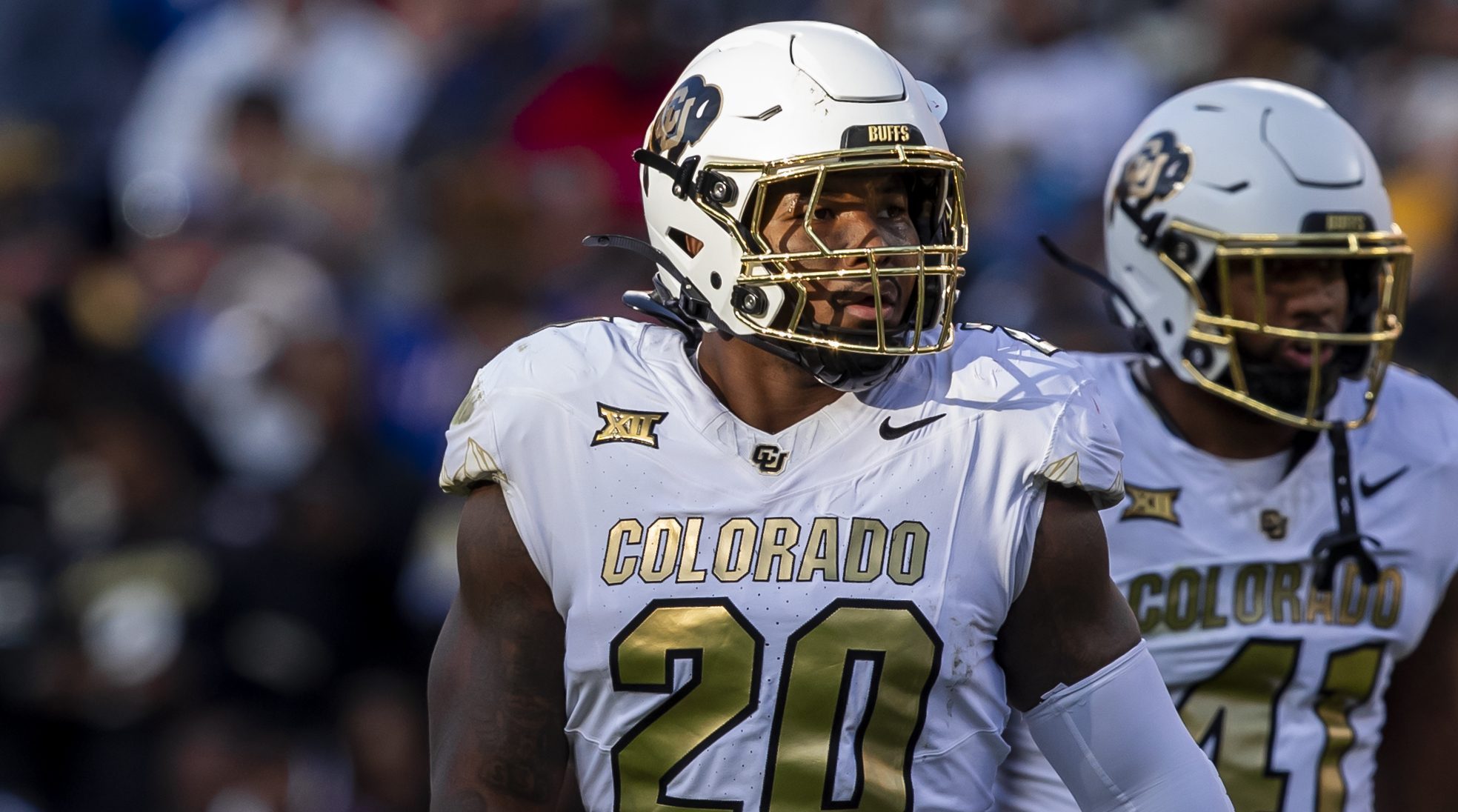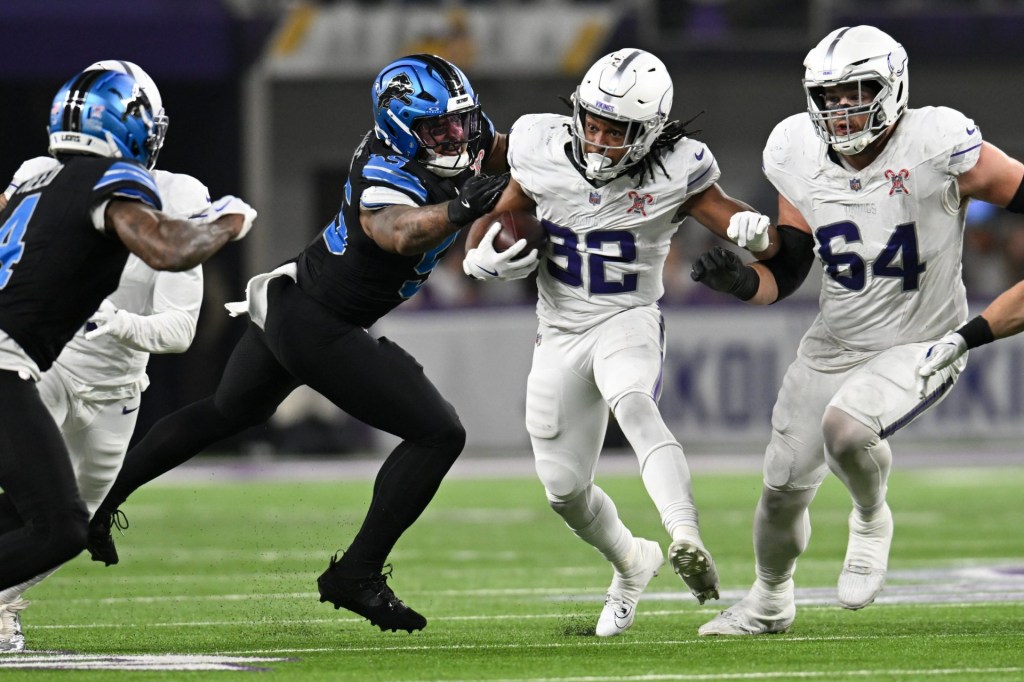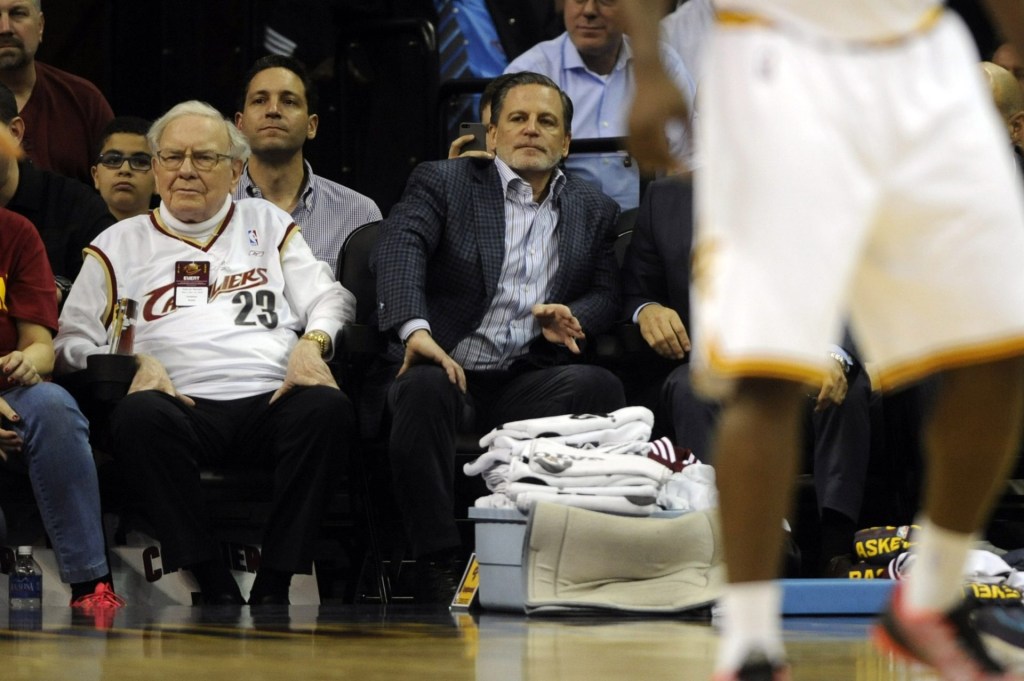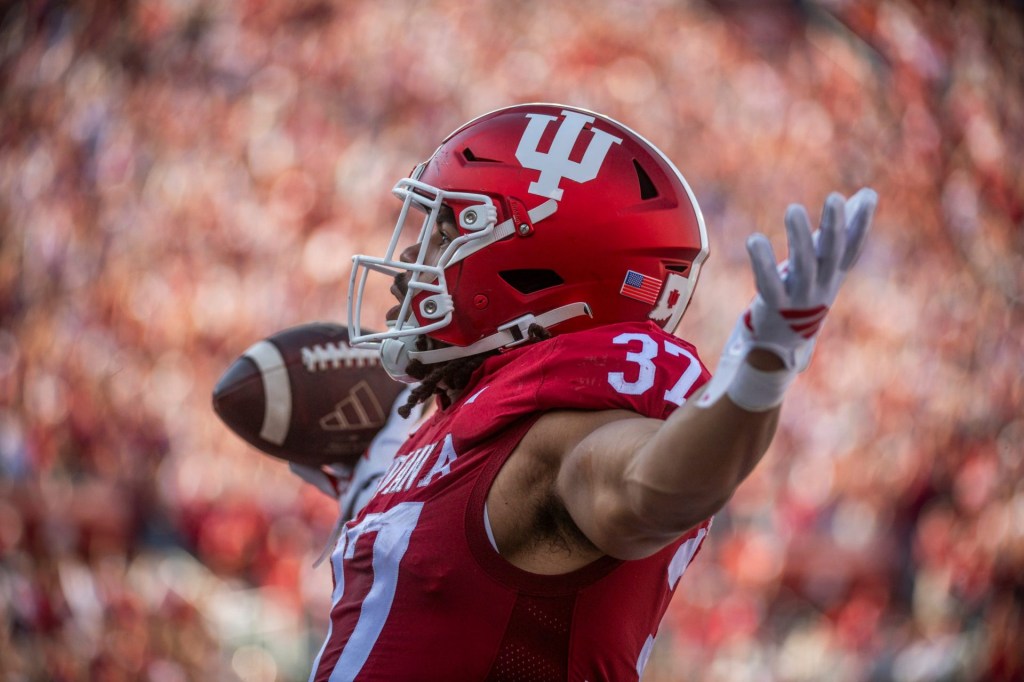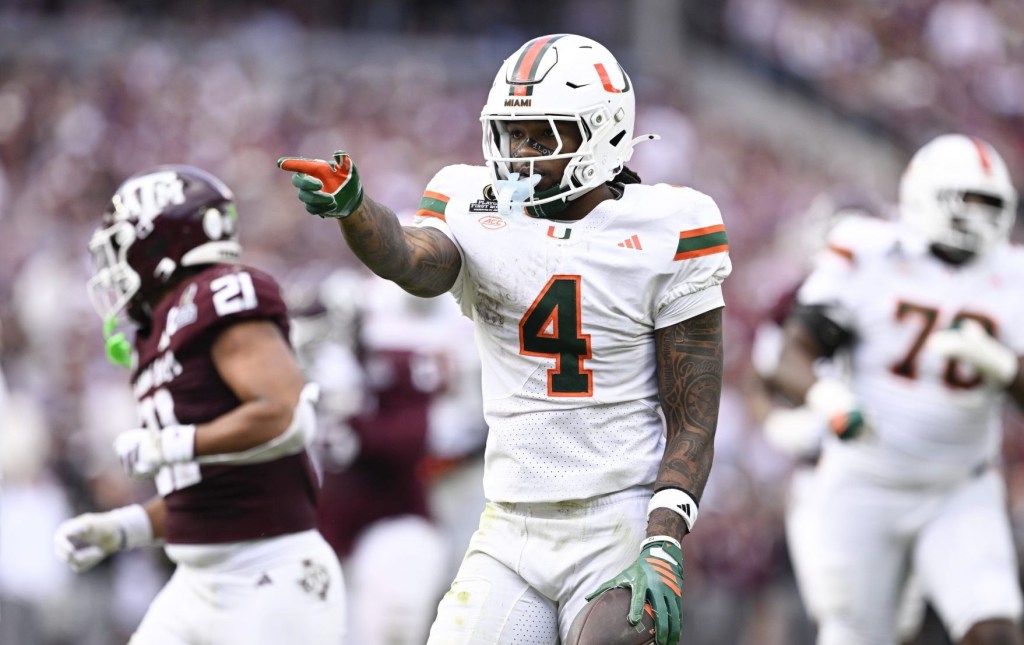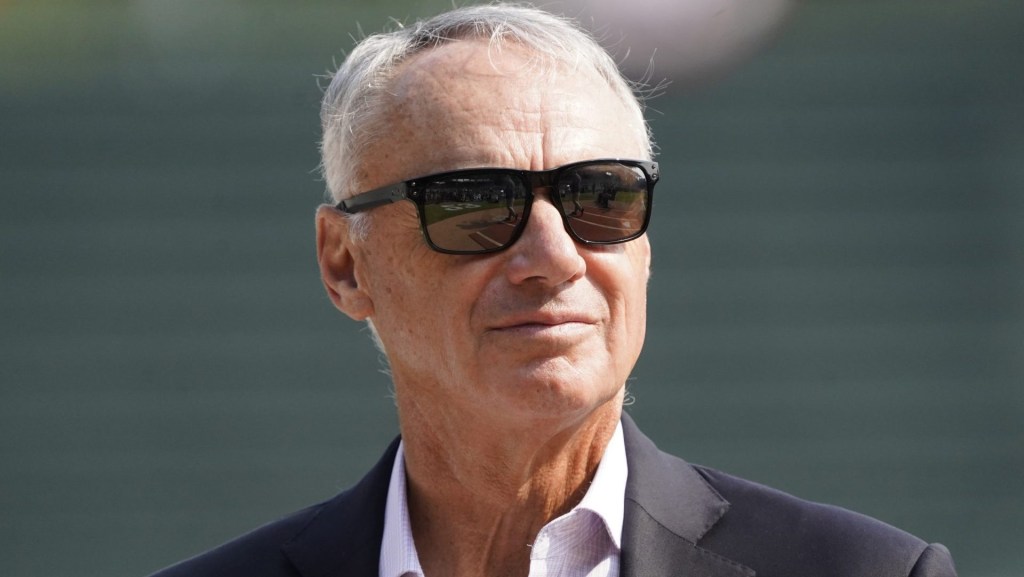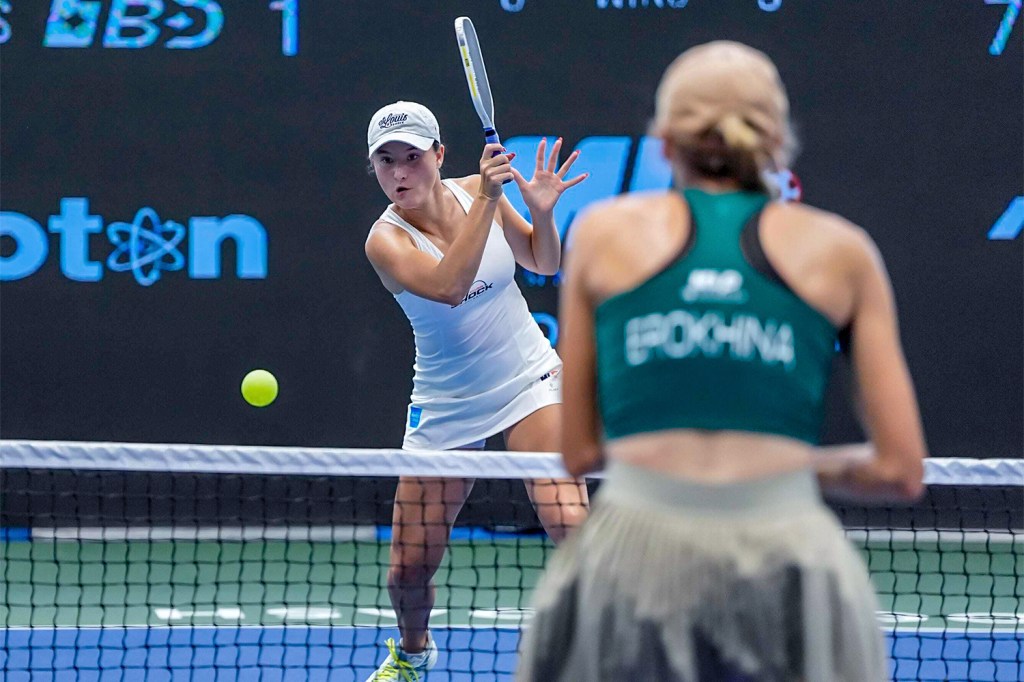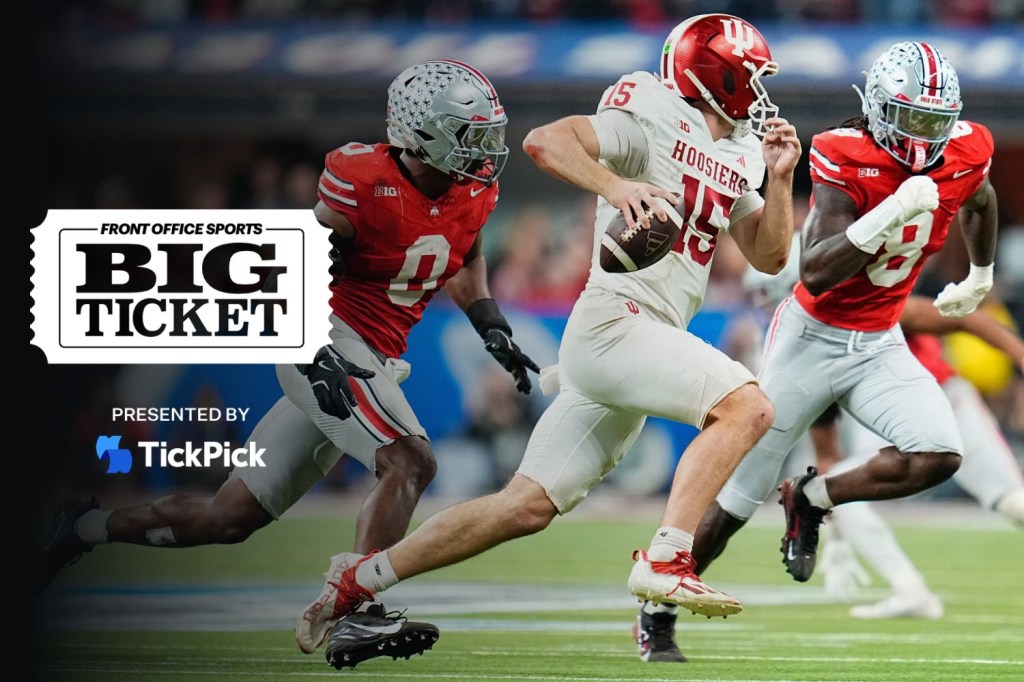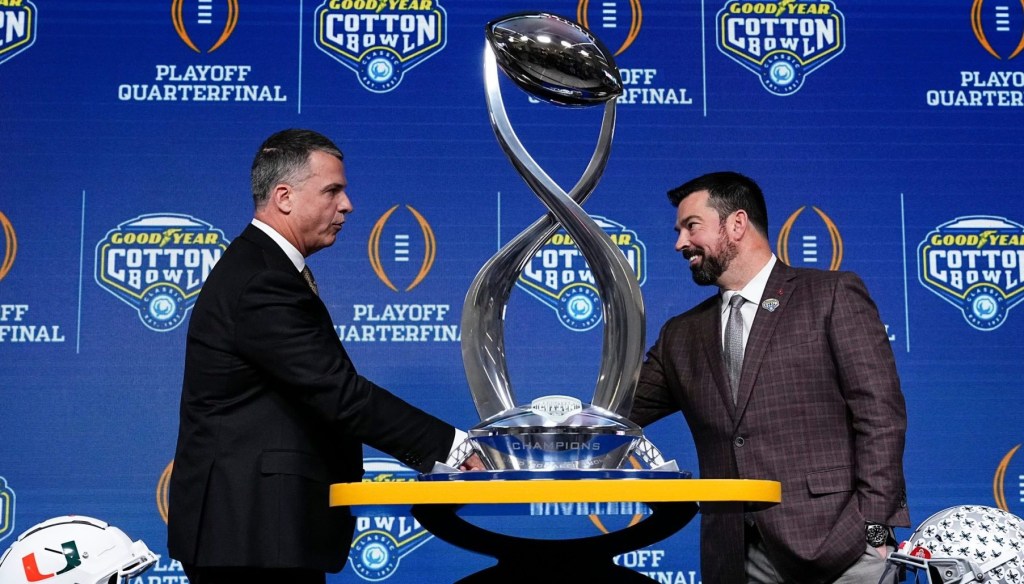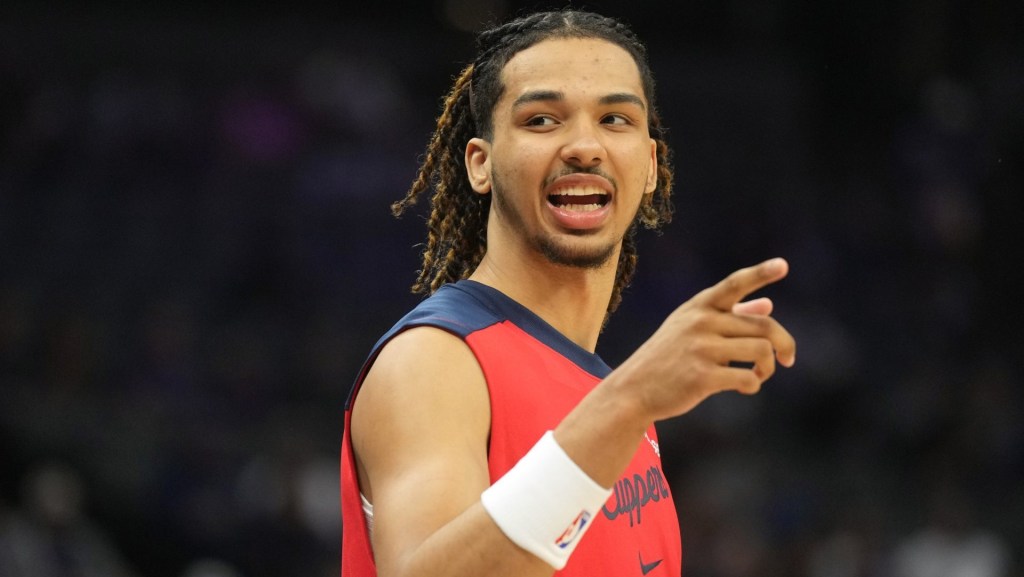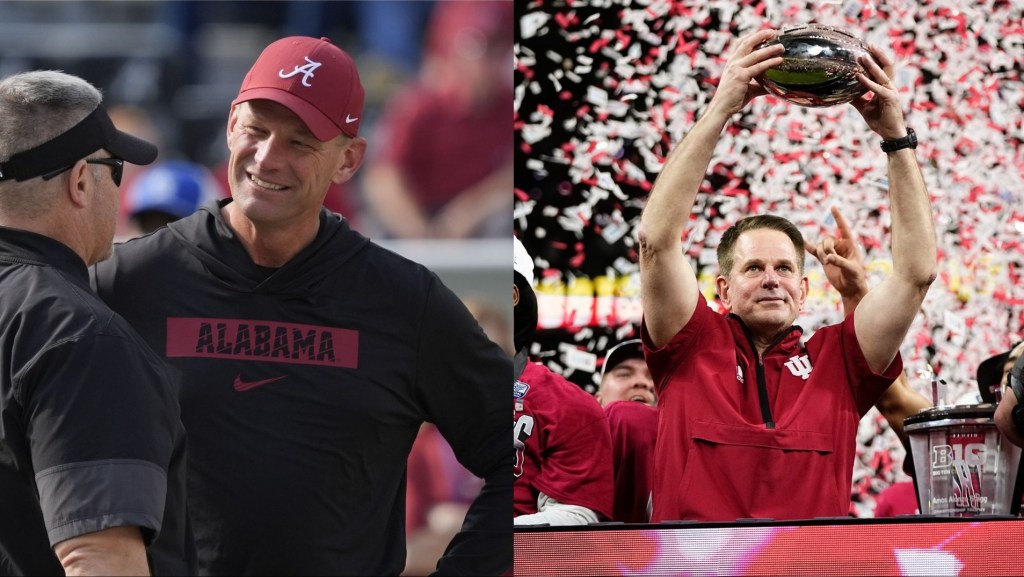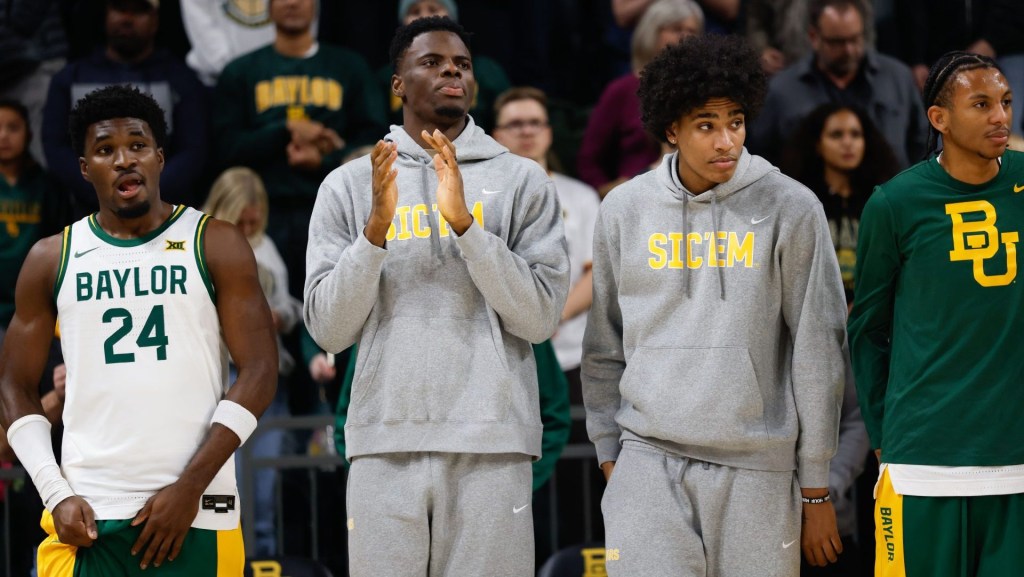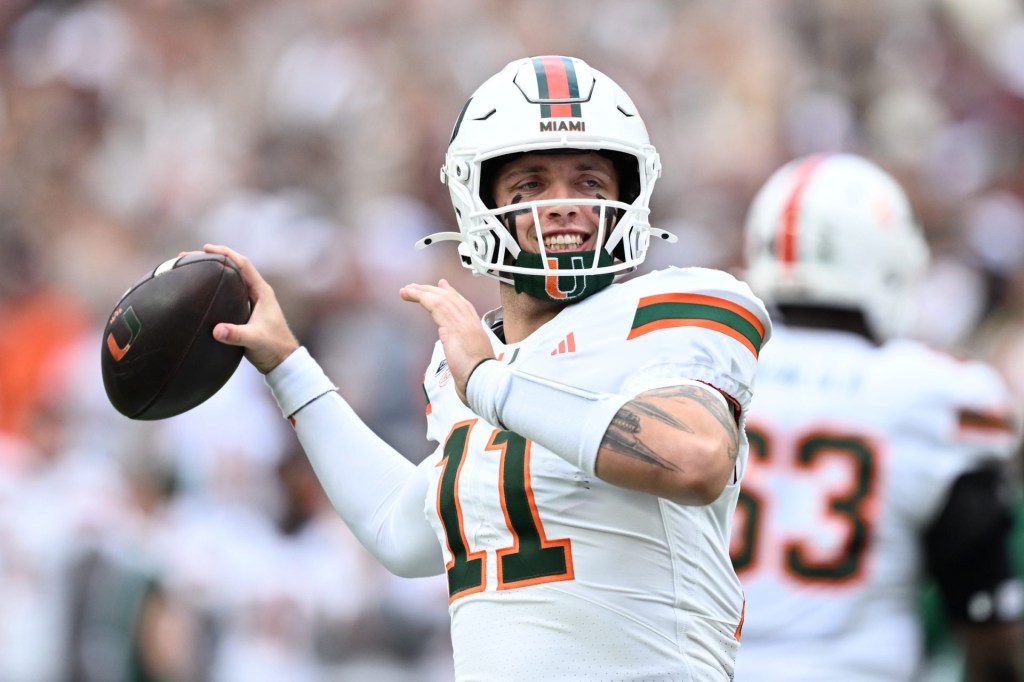The House v. NCAA settlement proposal—which would award athletes back-damages for missing out on NIL (name, image, and likeness) profits and set up a revenue-sharing system—has been hailed as a step in the right direction for college sports’ next era. But not everyone is happy with its terms.
As part of the settlement approval process, dozens of current and former Division I athletes, parents, and other stakeholders have filed objections before the Jan. 31 deadline. The three biggest concerns, according to court documents reviewed by Front Office Sports: roster limits, gender equity, and potential antitrust violations.
“This is a class of hundreds of thousands of athletes,” plaintiff attorney Jeffrey Kessler tells Front Office Sports. “There are always going to be a tiny percentage of objectors. But the court’s task is to decide: Is this in the overall best interest of the class?”
On April 7, Northern District of California judge Claudia Wilken will consider the objections and hear oral arguments during a “Fairness Hearing,” after which she’ll rule on whether to give the settlement the final stamp of approval.
Kessler says that more than 40,000 claims have already been filed in the case. He’s confident the settlement will ultimately be approved—despite the three main concerns.
Roster Limits
The majority of objections centered on what could be considered an “unintended consequence” of the settlement. One of the settlement’s terms would eliminate the NCAA’s limits on scholarships—but, in turn, would allow the governing body to impose overall roster limits.
Current and former athletes, as well as their parents, have written to Judge Wilken saying the NCAA’s imposed roster limits will cause players to lose walk-on or partial scholarship spots across many sports. There is evidence that, across the country, schools have already begun revoking offers to prospective recruits in anticipation of these new roster limits, according to a previous Yahoo Sports report.
“Football teams like mine, which often carry more than 105 players, will have no choice but to ask dozens of student-athletes to leave,” Colorado walk-on football player Camden Dempsey wrote in an objection letter filed Jan. 1 that was co-signed by 43 other athletes from the Big 12. “At Colorado, this will mean cutting players who have, for years, shown up for early morning workouts, endured the grind of practice, and given everything to the team. This issue extends across all sports and institutions, putting thousands of student-athletes in jeopardy. … Walk-ons who are cut also will face real, concrete, and immediate, financial damages as many walk-ons have worked to arrange NIL deals and create businesses.”
Dempsey, for his part, suggested a “grandfathering provision” to exempt current athletes from losing their roster spots if House is approved. But others have asked to abandon roster limits altogether.
In response to this concern, Kessler clarifies the settlement doesn’t require or put in place any specific roster limits—it simply allows the NCAA to create them. “If the NCAA doesn’t want to have roster limits, it is totally free not to have roster limits,” he says, adding that the settlement doesn’t protect the NCAA from future litigation over roster limits, either.
Gender Equity
The formula for distributing $2.8 billion in back-damages is based on exposure and media value. So it’s no surprise that athletes from the two “revenue-earning” sports—football and men’s basketball—will receive significantly more compensation than everyone else.
Several groups of women’s sports athletes have challenged the settlement, pointing out gender inequities in the damages and revenue-sharing. “Class Counsel proclaim they have negotiated a ‘revolutionary settlement agreement’ that will ‘reshape the economic landscape of college sports’ and benefit future college athletes,’” seven female rowers wrote in an objection filed before the preliminary approval hearing in September. “True – but only for male football and basketball players.”
During that hearing, plaintiff lawyers addressed this issue, noting the damages were based on the “real world”—which was, unfortunately, riddled with gender inequities that have been well documented. Issues with the NCAA’s gender equity failures should be the subject of separate litigation, they said.
Kessler notes he supports Title IX but reiterates: “This is an antitrust case—it cannot resolve the gender equity issues.” But he reiterates that if the Department of Education requires schools to share revenue equitably among women’s and men’s sports athletes, then they’ll have to do so.
New Antitrust Issues
While the settlement sets up a revenue-sharing formula for athletes, it also imposes new restrictions. For example, it imposes a revenue-sharing cap of $20.5 million per school—a number that will increase incrementally over the next 10 years.
Just days before President Donald Trump took office, the Biden Administration’s U.S. Department of Justice filed a statement of interest asking Judge Wilken to block the settlement because it allows for a cap on revenue-sharing. In a scathing, 11-page document, the DOJ said the revenue-sharing agreement “still calls for an artificial price cap on what free market competition may otherwise yield.”
The statement of interest is not a formal objection, given the DOJ does not qualify as a plaintiff. And despite the weight the federal justice department can hold in court, Kessler doesn’t believe it will be enough to sway Wilken’s opinion. Kessler also notes the DOJ is free to sue the NCAA itself in the future if it so chooses.
“It is ironic for the DOJ to file these comments,” Kessler says. “For 50 years, it could have challenged the NCAA restrictions. … And it did nothing.”
